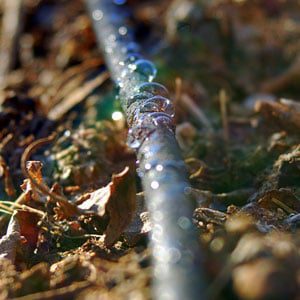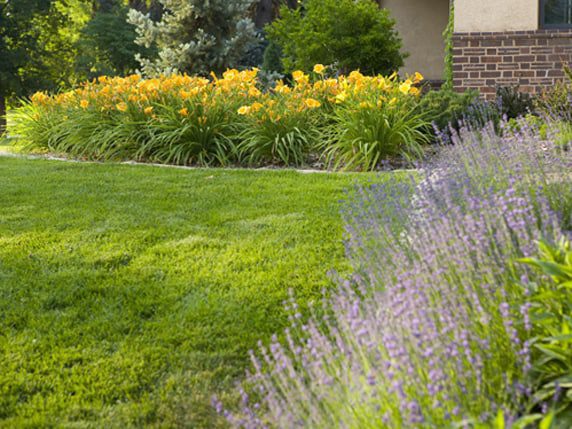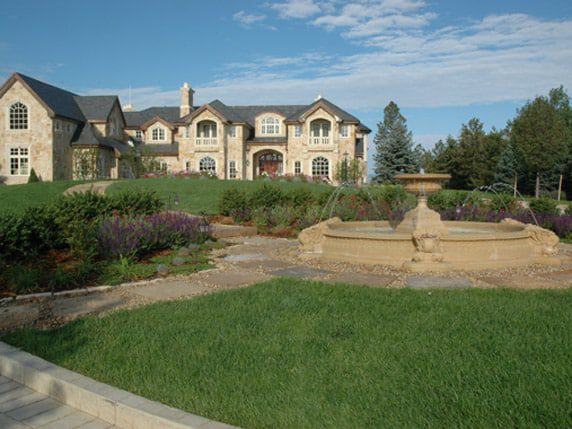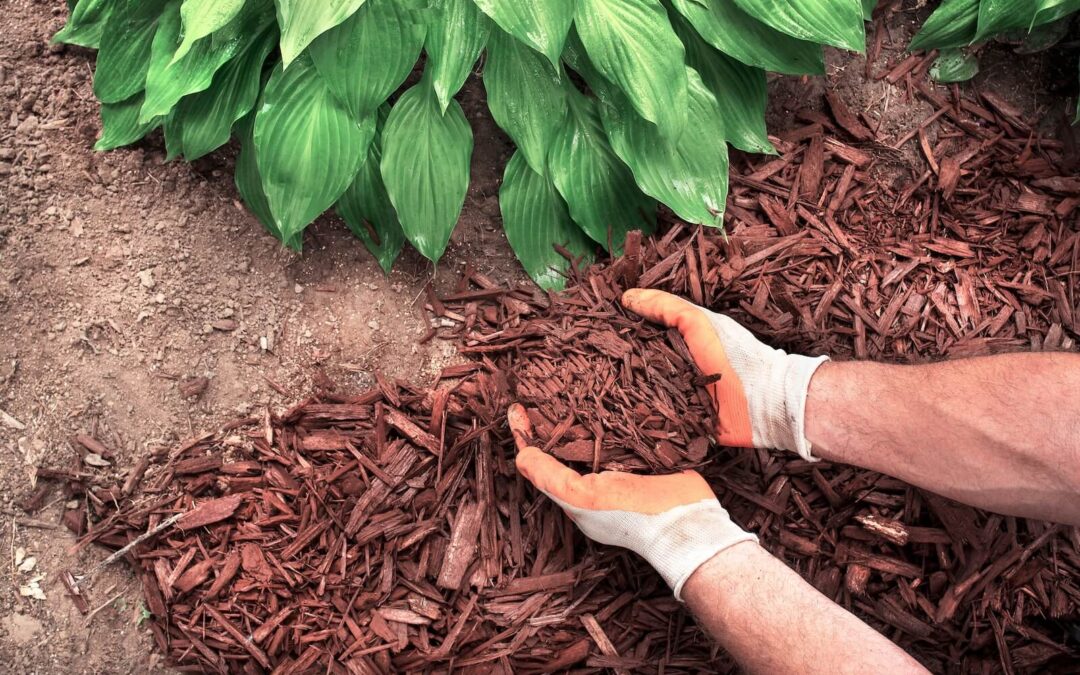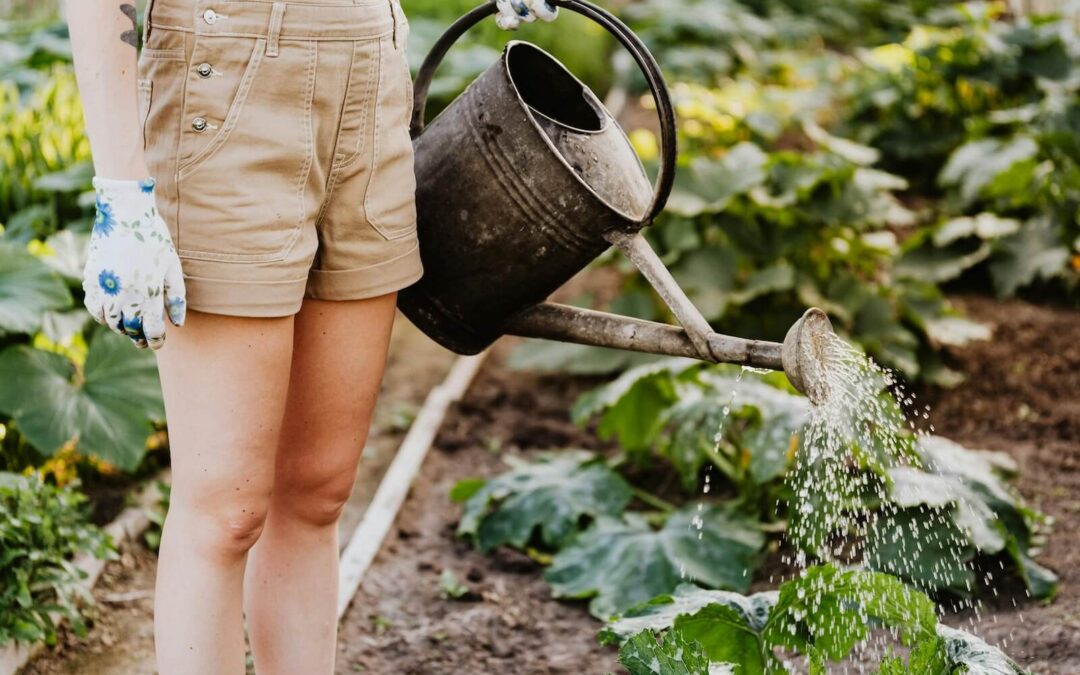When you live in our dry Rocky Mountain climate, water conservation is a top priority. Our water resources are precious, and after planning for water-wise landscaping in Colorado, installing and maintaining a drip irrigation system is the single most important thing you can do to save water.
Unlike traditional sprinklers and hand watering, which delivers water from above and leads to water waste, leaf burn and excess moisture that causes vulnerability to fungus and disease, drip systems deliver the right amount of water at the base of the plant, so water travels down to the roots as efficiently as possible. This saves both time and money. A well-maintained drip irrigation system can save between 30 and 50 percent more water.
A Simple Drip Irrigation How-to Guide for Water-wise Landscaping in Colorado
Lifescape Colorado is happy to help you build an efficient drip irrigation system. We’re a Sustainable Landscape Charter Partner with the Associated Landscape Contractors of Colorado, and our WaterSense irrigation system is certified by the EPA as the highest water-saving irrigation device on the market.
Create a plan. Your irrigation plan depends on your landscaping plan. Draw up a plan of your landscape design, labeled with its watering needs. This will help you choose the best equipment for each area, and will allow you to set your irrigation pressure and timers appropriately.
Understand the components. There are a range of drip irrigation components available. Your landscape designer can help you determine which ones will be needed for your system. These include:
- Mainline
- Sub-main
- Valve
- Backflow preventer
- Pressure regulator
- Filter
- Drip tubing
- Tubing adapters and fittings
- Emitters
- End caps
Use the right emitters. Once you’ve installed your main and sub-mains, you’ll need to select the right emitters for the job. These include:
- Individual emitters – best for establishing new trees, plants and containers
- Pressure compensator emitters – use these in areas with a slope
- Soaker hoses – use for small runs of plants in rows, like your vegetable garden
- Inline emitter tubing – for densely planted trees/shrubs
- Spray – works best for dense groundcover and/or densely planted beds
No main line should run for longer than 400-feet and emitters should be evenly spaced about 12 to 20-inches apart, depending on the type of soil you have. It’s important to consider that a 1 gallon per hour (gph) emitter covers about 12-inches of sandy soil.
While the amount of time it takes to install the initial system design may seem daunting at first, you’ll be able to enjoy the rest of the season with a water-wise landscape. Would you like professional assistance designing and/or installing your drip irrigation system? If so, contact Lifescape Colorado. We’re happy to help.

